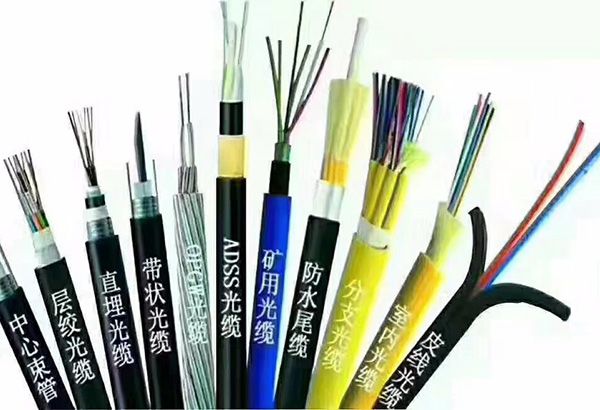Introduction:
Telecommunications has made remarkable advancements over the years, transforming the way we communicate and connect with the world. One technology that has revolutionized the industry is optical fiber cables. In this article, we will explore the current state of optical fiber cables and delve into the exciting developments and potential avenues for the future of telecommunications.
The Power of Optical Fiber Cables:
Optical fiber cables have become the backbone of modern telecommunications networks. By transmitting data as pulses of light through thin glass or plastic fibers, these cables offer unparalleled speed, bandwidth, and reliability. Currently, they enable high-speed internet connectivity, secure data transmission, and efficient communication systems.
Advancements in Fiber Optics:
As technology continues to evolve, so does the field of fiber optics. Researchers and engineers are continually making breakthroughs to enhance the capabilities of optical fiber cables. One area of focus is increasing the bandwidth capacity of these cables to meet the ever-growing demand for data transmission. Techniques such as wavelength division multiplexing (WDM) and dense wavelength division multiplexing (DWDM) allow multiple wavelengths of light to be transmitted simultaneously, multiplying the capacity of each fiber.

Pushing the Limits: Terabit Ethernet and Beyond:
In the pursuit of faster data transmission, scientists are working on developing Terabit Ethernet technology. This groundbreaking advancement aims to achieve speeds of 1 terabit per second (Tbps) over a single optical fiber. Terabit Ethernet would significantly enhance internet speeds, enabling new applications and services that require massive data processing capabilities. Beyond Terabit Ethernet, research is also underway for Petabit Ethernet, pushing the limits even further.
The Role of 5G Networks:
The deployment of 5G networks is poised to be a game-changer in the telecommunications industry. While 5G primarily relies on wireless connections, optical fiber cables will play a crucial role in providing backhaul connectivity to support the high-speed, low-latency demands of 5G technology. Fiber-optic networks will serve as the backbone for transmitting and routing data between 5G base stations and core networks, ensuring seamless and reliable connectivity.
Beyond Optical Fiber Cables: Quantum Communication:
While optical fiber cables have transformed telecommunications, scientists are exploring new frontiers with quantum communication. Quantum communication utilizes the principles of quantum mechanics to transmit information through qubits, which can exist in multiple states at once. Quantum communication promises unparalleled security, as any attempt to intercept or tamper with the transmitted data would be immediately detected. Though still in its early stages, quantum communication holds immense potential for secure and future-proof telecommunications networks.
Fiber to the Home (FTTH) Initiatives:
To provide faster and more reliable internet access, many countries are investing in Fiber to the Home initiatives, where optical fiber cables are extended directly to residential homes. FTTH offers gigabit speeds and virtually unlimited bandwidth, empowering users with seamless connectivity for online gaming, video streaming, smart home automation, and other bandwidth-intensive applications. The increasing global adoption of FTTH is transforming the way people interact with technology and opening up new opportunities for innovation.
Conclusion:
Optical fiber cables have been instrumental in shaping the telecommunications landscape, enabling high-speed internet connectivity, secure data transmission, and advanced communication systems. As we look to the future, the ongoing advancements in fiber optics, the introduction of Terabit Ethernet, the integration of 5G networks, and the emergence of quantum communication all hold tremendous potential to revolutionize telecommunications further. With these developments, we can anticipate even faster, more reliable, and secure connectivity that will pave the way for exciting innovations and transformative technologies.



